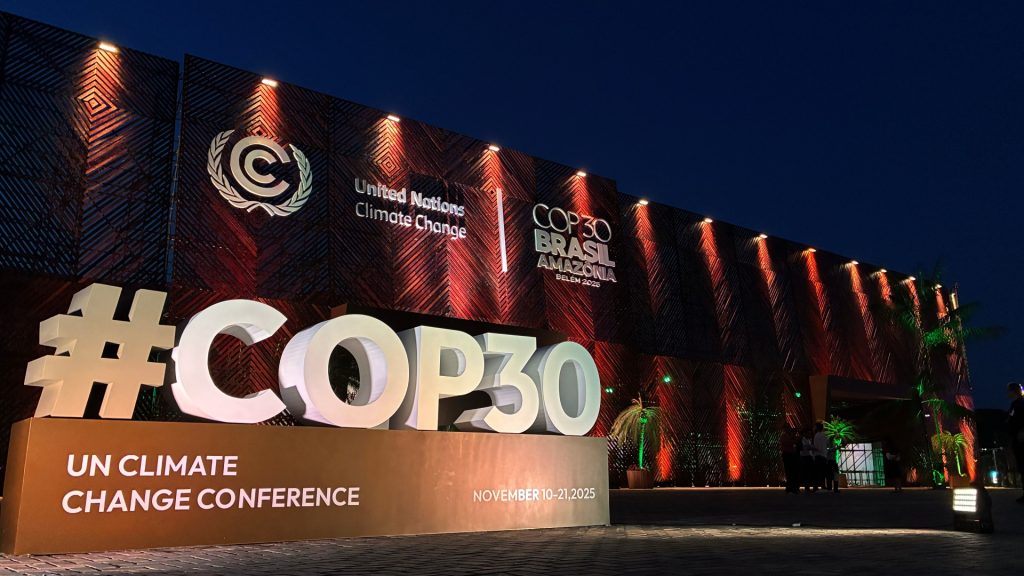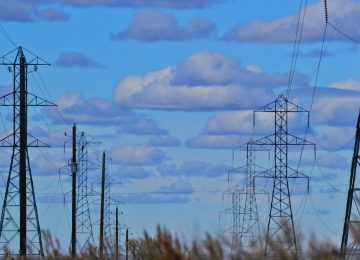The presidencies of COP29 (Azerbaijan) and COP30 (Brazil) have introduced the “Baku to Belém Roadmap,” a blueprint designed to mobilize $1.3 trillion a year in climate finance for developing countries by 2035.
Presidents Mukhtar Babayev and André Corrêa do Lago emphasized that this target is achievable but will require “significant effort” from traditional sources alongside new, innovative financial mechanisms.
A blueprint:
The report, delivered as part of the “Baku Finance Goal,” marks a decade since the Paris Agreement and aims to turn financial promises into concrete action.
“We need to act—and the time is now,” said President Babayev. “The 2030 and 2035 climate commitments give us a rare chance to turn promises into real, sustainable development—protecting the planet while creating jobs… and ensuring prosperity for all.”
The ‘5Rs’ framework:
The roadmap is built on five priority action areas, or “5Rs,” to reshape global finance:
Replenishing grants and low-cost capital
Rebalancing fiscal space and debt sustainability
Rechanneling transformative private finance
Revamping capacity for scaled climate portfolios
Reshaping systems for equitable capital flows
These efforts aim to increase funding for adaptation, loss and damage, clean energy, and just transitions.
An ‘era of truth’
The plan reflects a global push to reform the international financial architecture, especially post-pandemic.
“This is the beginning of an era of truth in climate finance,” said Corrêa do Lago, President, COP30. “The Roadmap turns scientific urgency into a practical plan for global cooperation and results.”
UNFCCC Executive Secretary Simon Stiell supported the plan, stating, “The Roadmap shows how… we can scale up climate finance towards USD 1.3 trillion a year by 2035.”
The report concludes with a call for resolution, stating, “The resources exist. The science is clear. The moral imperative is undeniable.”













